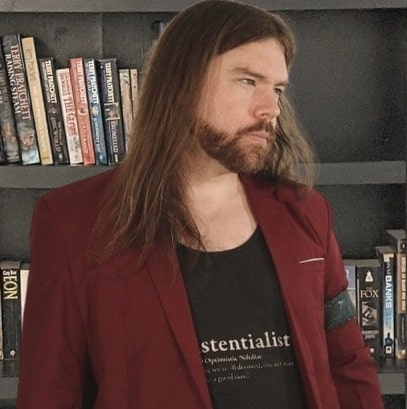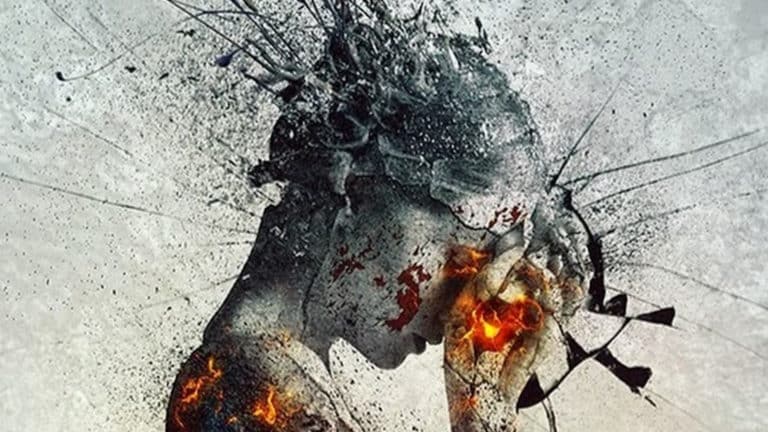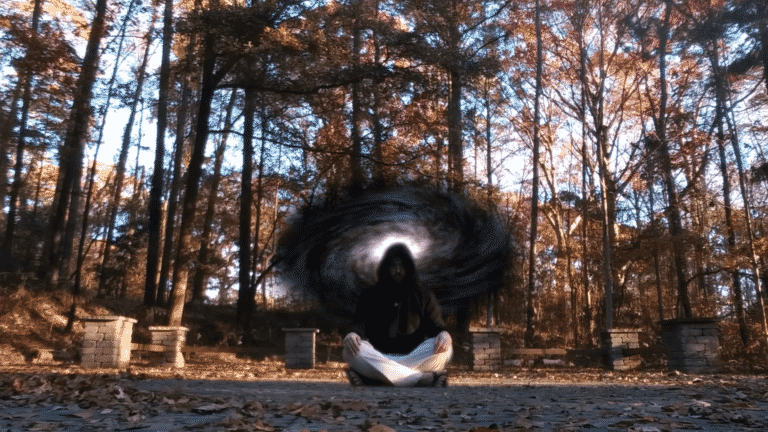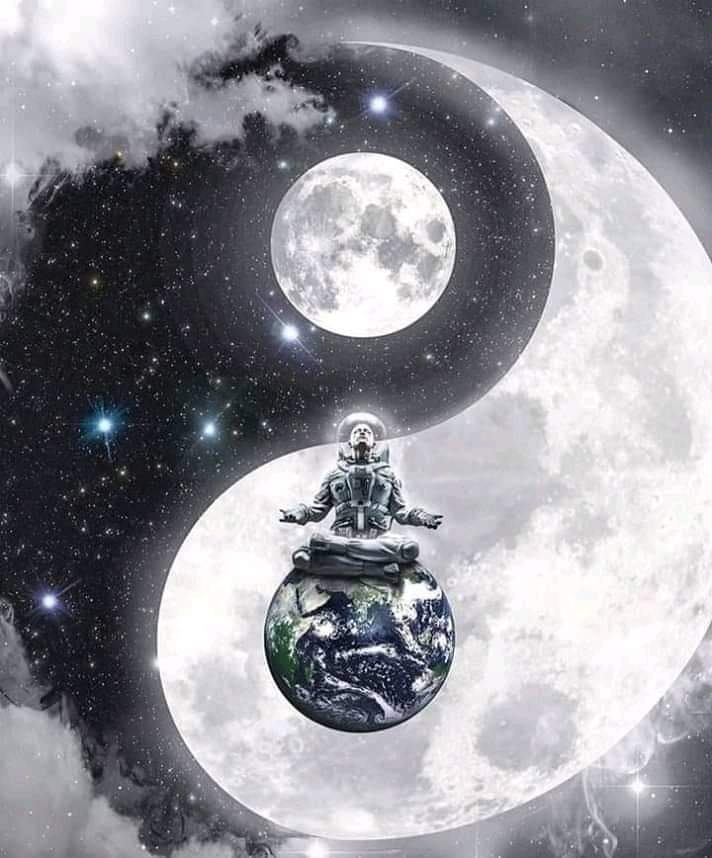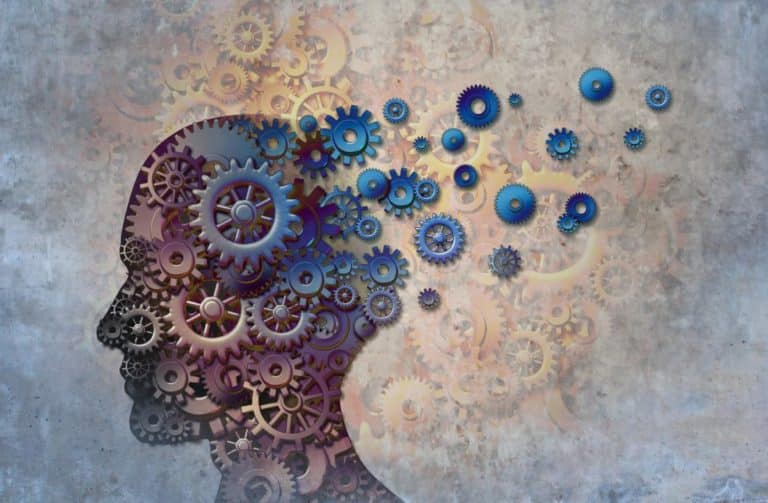Digital Nihilism – Breaking Reality
Starting in the late 20th century, we began to see the popularization of discussion among philosophers of simulation theory, spurred on by advancements in technology that informed pop culture. This, the idea that we’re within a simulation, just as the simulations humans are beginning to be able to create, is the basis of the theory. And it has spread through into pop culture, as well. Indeed, cleanly, it solves the classic logical problem: if there is a God or god(s), it cannot be all three of a) all good; b) all knowing; and c) all powerful, or evil would not exist. If simulation theory is to be believed, such a creator could be surmised to have to be (some) of at least one category, just as humans, also increasingly the creators of simulations, are (some) of at least one category in terms of their level of direct control over their simulations.
As the sophistication of our ability to create AIs that exceed our ability to create and control simulated environments, and as our ability to create virtual worlds indistinguishable from reality also expands, we will begin to be on the other side of the wall; once we create breathing beings with free will, beyond our direct control, which worship us as gods and try, in futility, to dissect the nature of their creation (code written in another dimension), how could we possibly come to the conclusion that our creation was especially different, or that our creator was especially perfect?
Moreover, we know that our simulated universes don’t have to follow the laws of physics as we have determined here, nor do the laws of physics of their universe have to remain static across time. They can be subtly changed and adapted. We also know that the debugging toolsets for in-progress simulations to not grant total and complete power; not everything can be changed on the fly, without shutting down and restarting our simulations, only what has been programmed to be accessible inside the application at runtime.
Once we begin to see our world as a simulation, and our building blocks as what they are, in that context (code written in another dimension), we will begin to question whether our physical reality, as it currently is, has had consistent rules of physics across time; whether it has ever been paused and restarted; whether it is capable of being edited; whether it has ever been patched or updated, and we will find that questions will lead to answers – that our universe is editable.
At the same time, we will be progressing down the timeline of sophistication of advanced VR, wherein, as previously discussed, we will learn that our physical reality is indistinguishable from realities that we create for ourselves. We will be living in a confused state of dreams within dreams, wherein truth is so editable that we don’t believe in objective truth anymore so much as we believe in functional frameworks – and that objective truth is what has been discussed here: that reality is a malleable veil.
Once we have learned both that human-made simulated reality is no different functionally than our physical reality, and that physical reality is actually also a simulated reality that is editable in the same way, we will be able to oversee the map of multiple realities in our existing reality plane and become acquainted with the code by which all of the realities are managed collectively and the strings that tie them together.
This will have two key implications. First, it will completely break our physical reality. This is of massive importance; our physical reality will become a reality where everything is editable – its physics, its physicality, its timelines; this will result in chaos that either completely destroys it, or over time settles into a utopian hub reality wherein all the of the best aspects of individual realities that we’ve created are curated. However, should our core reality be destroyed, it is of no consequence; by that point our relationship with reality will be as such that we don’t even have any real way of knowing which reality is the ‘original’ (if indeed, the reality we reside in now is, or ever was, the ‘original’); we will simply migrate to the most utopian hub reality, and make that the ‘original’.
The second key implication is this: once we have the understanding of the 5th dimensional strings tying our realities together, and the ability to edit the extradimensional code on which it all runs, we will be able to build AIs that access the code directly. These AIs, by doing so, will transcend our intranet of realities into the upper reality on which our reality runs.


